
by Ria Olivier | Oct 7, 2025 | Antarctica, Current Event, Gough Island, International Days, Marine Protected Area, Marion Island
October marks the celebration of Maritime Month, a time when nations across the world reflect on the vital role that oceans, ships, and seafarers play in connecting the global community. In South Africa, a country with a proud maritime heritage and stewardship of some of the world’s most important sea routes. South Africa celebrates maritime month and highlights the significance of our oceans to trade, research, and environmental sustainability. As a nation deeply intertwined with the Southern Ocean, South Africa’s maritime strength extends far beyond its ports — it reaches all the way to Antarctica through the work of the South African National Antarctic Programme (SANAP).
Within SANAP, maritime excellence is at the heart of our operations. Each expedition to Marion Island, Gough Island, and Antarctica depends on the dedication and skill of South Africa’s maritime professionals — from the crews who navigate the S.A. Agulhas II, to the scientists and support teams who rely on her safe passage to conduct world-leading research in some of the planet’s most remote and challenging environments. As we celebrate Maritime Month, SANAP honours all those who make these voyages possible, and reaffirms our commitment to sustainable ocean science, environmental protection, and the advancement of South Africa’s blue economy.
Marine Month 2025: 1 to 31 October
- National Marine Month creates awareness of South Africa’s marine and coastal environments and the benefits that our oceans bring to our nation. South Africa is nestled between two currents; the warm Agulhas Current with rich ocean biodiversity and the cold Benguela. These currents, in addition to the cold southern oceans, are key drivers of South Africa climate and rainfall conditions. South Africa’s different climatic zones, with its different bio-diversities, agricultural and economic activities, are shaped by the availability of one of our scarcest resources, namely fresh water.
Feature Photo: Taken by Jean Brundrit with a lens made with ice – read more here

by Ria Olivier | Sep 25, 2025 | International Days, Marine Protected Area, Research, SA Agulhas II
On 25 September 2025, the world comes together to mark World Maritime Day under the theme “Our Ocean, Our Obligation, Our Opportunity.” This theme reflects the ocean’s critical role in our climate system, biodiversity, and economy, while reminding us of the shared responsibility to protect and sustainably use this vast and fragile resource. With over 80% of global trade moving by sea, maritime activity is inseparable from the health of our ocean and the future of our planet.
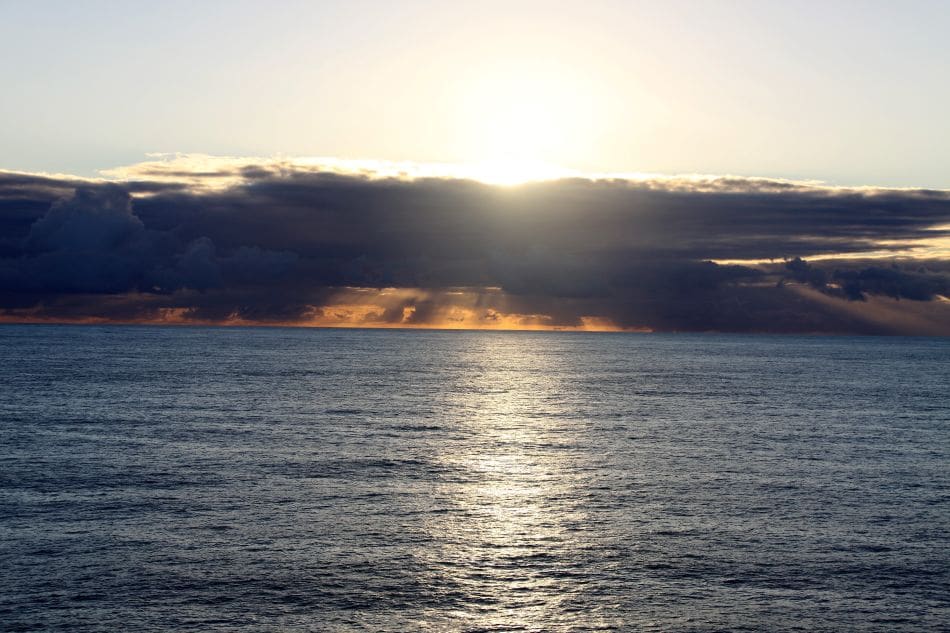 For the South African National Antarctic Programme (SANAP), this year’s theme resonates deeply. As custodians of South Africa’s polar research efforts, SANAP rely on our dedicated polar research and supply vessel, the SA Agulhas II, to undertake vital voyages into the Southern Ocean, Antarctica and Marion and Gough Islands. These expeditions not only sustain South Africa’s research stations but also contribute to global science on ocean health, climate change, and biodiversity in one of the world’s most important yet vulnerable regions.
For the South African National Antarctic Programme (SANAP), this year’s theme resonates deeply. As custodians of South Africa’s polar research efforts, SANAP rely on our dedicated polar research and supply vessel, the SA Agulhas II, to undertake vital voyages into the Southern Ocean, Antarctica and Marion and Gough Islands. These expeditions not only sustain South Africa’s research stations but also contribute to global science on ocean health, climate change, and biodiversity in one of the world’s most important yet vulnerable regions.
 Through SANAP’s work, South Africa plays an active role in the international maritime and research community—advancing knowledge about ocean systems, contributing to global climate models, and strengthening collective efforts to safeguard marine environments. The SA Agulhas II is more than just a ship; it is a floating laboratory, a logistical lifeline, and a symbol of our commitment to “Our Ocean, Our Obligation, Our Opportunity.”
Through SANAP’s work, South Africa plays an active role in the international maritime and research community—advancing knowledge about ocean systems, contributing to global climate models, and strengthening collective efforts to safeguard marine environments. The SA Agulhas II is more than just a ship; it is a floating laboratory, a logistical lifeline, and a symbol of our commitment to “Our Ocean, Our Obligation, Our Opportunity.”
As the world lights up landmarks in blue to celebrate World Maritime Day, SANAP stands proudly alongside the global maritime community in reaffirming our responsibility: to study, protect, and share the opportunities of our ocean for generations to come.

by Ria Olivier | Aug 11, 2025 | International Days, Marine Protected Area, Microbiology, Research, SANAP, Science, Southern Ocean
 Every year on 11 August, World Krill Day draws global attention to the small but mighty Antarctic krill (Euphausia superba)—a cornerstone of the Southern Ocean ecosystem. For decades, the South African National Antarctic Programme (SANAP) has played a role in advancing krill research, from early expeditions that mapped their distribution and seasonal abundance, to long-term monitoring of how environmental change impacts their population dynamics. Historical studies conducted on board research vessels such as the SA Agulhas have built a foundation of knowledge on krill biology, diet, and role in supporting predators like penguins, seals, and whales. These efforts have helped inform sustainable fishing guidelines and contributed to international collaborations through the Commission for the Conservation of Antarctic Marine Living Resources (CCAMLR).
Every year on 11 August, World Krill Day draws global attention to the small but mighty Antarctic krill (Euphausia superba)—a cornerstone of the Southern Ocean ecosystem. For decades, the South African National Antarctic Programme (SANAP) has played a role in advancing krill research, from early expeditions that mapped their distribution and seasonal abundance, to long-term monitoring of how environmental change impacts their population dynamics. Historical studies conducted on board research vessels such as the SA Agulhas have built a foundation of knowledge on krill biology, diet, and role in supporting predators like penguins, seals, and whales. These efforts have helped inform sustainable fishing guidelines and contributed to international collaborations through the Commission for the Conservation of Antarctic Marine Living Resources (CCAMLR).
Today, SANAP’s scientists continue to track krill populations using modern acoustic survey techniques, satellite-linked oceanographic data, and advanced modelling to understand how sea ice shifts and warming waters may affect their future. Current projects explore krill’s role in the carbon cycle and their resilience to environmental stress, while future research aims to integrate genetic studies to assess population connectivity across the Southern Ocean. By combining historical data with cutting-edge science, SANAP is helping to safeguard this keystone species—and, in turn, the health of the entire Antarctic ecosystem.
 On this World Krill Day, we celebrate not just the species itself, but the decades of South African research dedicated to understanding and protecting it.
On this World Krill Day, we celebrate not just the species itself, but the decades of South African research dedicated to understanding and protecting it.
Documents and references available on ALSA Repository

by Ria Olivier | Jul 31, 2025 | International Days, Marine Protected Area, Marion Island, Prince Edward Island, SANAP
Today, on Marine Protected Areas (MPA) Day, we join a growing global community in celebrating the ocean’s incredible biodiversity and the sanctuaries that safeguard it. This year’s theme, “Ocean Protection Needs Human Connection”, is a powerful reminder that the health of our oceans is inseparably linked to the actions and commitment of people.
 MPA Day, shines a spotlight on the importance of Marine Protected Areas in ocean conservation, sustainable development, and the well-being of communities across the globe. The date—1 August—honours the momentous 2019 declaration of 20 new or expanded MPAs in South Africa. Since then, MPA Day has grown into a United Nations Ocean Decade-endorsed international movement.
MPA Day, shines a spotlight on the importance of Marine Protected Areas in ocean conservation, sustainable development, and the well-being of communities across the globe. The date—1 August—honours the momentous 2019 declaration of 20 new or expanded MPAs in South Africa. Since then, MPA Day has grown into a United Nations Ocean Decade-endorsed international movement.

 The Prince Edward Islands MPA: South Africa’s Sub-Antarctic Treasure: In the remote reaches of the Southern Ocean lies one of South Africa’s most unique and ecologically valuable MPAs—the Prince Edward Islands Marine Protected Area, comprising the volcanic Marion Island and the smaller Prince Edward Island. Together, they represent South Africa’s only sub-Antarctic territory, rich in biodiversity and scientific significance. Declared in 2013, this MPA protects 30% of South Africa’s Southern Ocean territory, encompassing 80% of its marine ecosystem diversity. These waters are a haven for marine life—from krill and Patagonian toothfish to charismatic top predators like seals, seabirds, and killer whales.
The Prince Edward Islands MPA: South Africa’s Sub-Antarctic Treasure: In the remote reaches of the Southern Ocean lies one of South Africa’s most unique and ecologically valuable MPAs—the Prince Edward Islands Marine Protected Area, comprising the volcanic Marion Island and the smaller Prince Edward Island. Together, they represent South Africa’s only sub-Antarctic territory, rich in biodiversity and scientific significance. Declared in 2013, this MPA protects 30% of South Africa’s Southern Ocean territory, encompassing 80% of its marine ecosystem diversity. These waters are a haven for marine life—from krill and Patagonian toothfish to charismatic top predators like seals, seabirds, and killer whales.
Marion Island is more than just a rugged sub-Antarctic outpost—it is a living laboratory and sanctuary:
- Home to 40% of the world’s wandering albatrosses
- Teeming with millions of penguins, albatrosses, petrels, and seals
- Hosts unique benthic (seafloor) ecosystems found nowhere else in South Africa
- Provides essential feeding grounds for top predators
- A permanent weather station contributes vital data for monitoring climate change in the Southern Ocean
While the marine protections are robust, terrestrial threats persist. Invasive house mice, introduced in the 1800s, have devastated native invertebrates and seabird populations. The Mouse-Free Marion Project, aims to eradicate these invaders and restore the island’s fragile ecosystem. This year’s theme “Ocean Protection Needs Human Connection”—resonates deeply with the work being done at Marion Island. Scientists, conservationists, and policymakers must collaborate to protect this unique MPA. But the connection goes even deeper: through awareness, education, and support, every person has a role to play in safeguarding the ocean.
On MPA Day, we not only celebrate these protected places
we commit ourselves to ensuring they thrive for generations to come.
Feature photo credit Ben van der Walt – Antarctic Legacy of South Africa repository

by Ria Olivier | Apr 25, 2025 | Antarctica, Gough Island, International Days, Marine Protected Area, Marion Island, Mice Eradication, Ornithology, Research, SANAP
 Every year on April 25th, we celebrate International Penguin Day—a global reminder of the unique role penguins plays in our planet’s ecosystems. These birds are not just symbols of the icy South—they are indicators of ocean health and climate change. From the sub-Antarctic islands to the Antarctic continent itself, penguins serve as sentinels of the sea, helping scientists track environmental shifts that affect us all.
Every year on April 25th, we celebrate International Penguin Day—a global reminder of the unique role penguins plays in our planet’s ecosystems. These birds are not just symbols of the icy South—they are indicators of ocean health and climate change. From the sub-Antarctic islands to the Antarctic continent itself, penguins serve as sentinels of the sea, helping scientists track environmental shifts that affect us all.
 South Africa plays a vital role in this mission through its National Antarctic Programme (SANAP), which supports long-term ecological research at key sites such as Gough Island, Marion Island, and Antarctica. These research stations are crucial hubs for studying penguin populations like the Northern Rockhopper on Gough Island and the Macaroni penguins on Marion Island. Scientists monitor breeding patterns, foraging behaviour, and survival rates—data that provide early warnings about oceanic changes. In Antarctica, SANAP researchers study Adélie and Emperor penguins, whose survival is intimately tied to the health of sea ice and krill populations.
South Africa plays a vital role in this mission through its National Antarctic Programme (SANAP), which supports long-term ecological research at key sites such as Gough Island, Marion Island, and Antarctica. These research stations are crucial hubs for studying penguin populations like the Northern Rockhopper on Gough Island and the Macaroni penguins on Marion Island. Scientists monitor breeding patterns, foraging behaviour, and survival rates—data that provide early warnings about oceanic changes. In Antarctica, SANAP researchers study Adélie and Emperor penguins, whose survival is intimately tied to the health of sea ice and krill populations.
 By investing in these research efforts, South Africa not only contributes to global conservation science but also highlights the importance of protecting our shared polar heritage. This International Penguin Day let’s celebrate the science that keeps these beloved birds waddling into the future.
By investing in these research efforts, South Africa not only contributes to global conservation science but also highlights the importance of protecting our shared polar heritage. This International Penguin Day let’s celebrate the science that keeps these beloved birds waddling into the future.

by Ria Olivier | Dec 23, 2024 | Biosecurity, Ecology, Jobs, Marine Protected Area, Marion Island
Vacancy for field researcher on Marion Island
(March 2025 – May 2026)
Mouse impacts on invertebrates and plants
 The Department of Plant and Soil Sciences at the University of Pretoria is offering one suitably qualified candidate an opportunity to spend a year on Marion Island to measure various aspects of the impact of the house mouse on the diversity and function of the terrestrial ecosystems of Marion Island. This work will entail collecting baseline data, mostly on invertebrates and plants. (Photo Credit: Michelle Greve)
The Department of Plant and Soil Sciences at the University of Pretoria is offering one suitably qualified candidate an opportunity to spend a year on Marion Island to measure various aspects of the impact of the house mouse on the diversity and function of the terrestrial ecosystems of Marion Island. This work will entail collecting baseline data, mostly on invertebrates and plants. (Photo Credit: Michelle Greve)
Collecting invertebrate community data and identifying invertebrates.
Surveying and monitoring vegetation plots. Measuring plant traits.
Mapping species and events.
Installing, maintaining and downloading data from loggers.
Note that duties may change during the course of the year.
FULL DETAILS
Deadline for applications: 10 January 2025
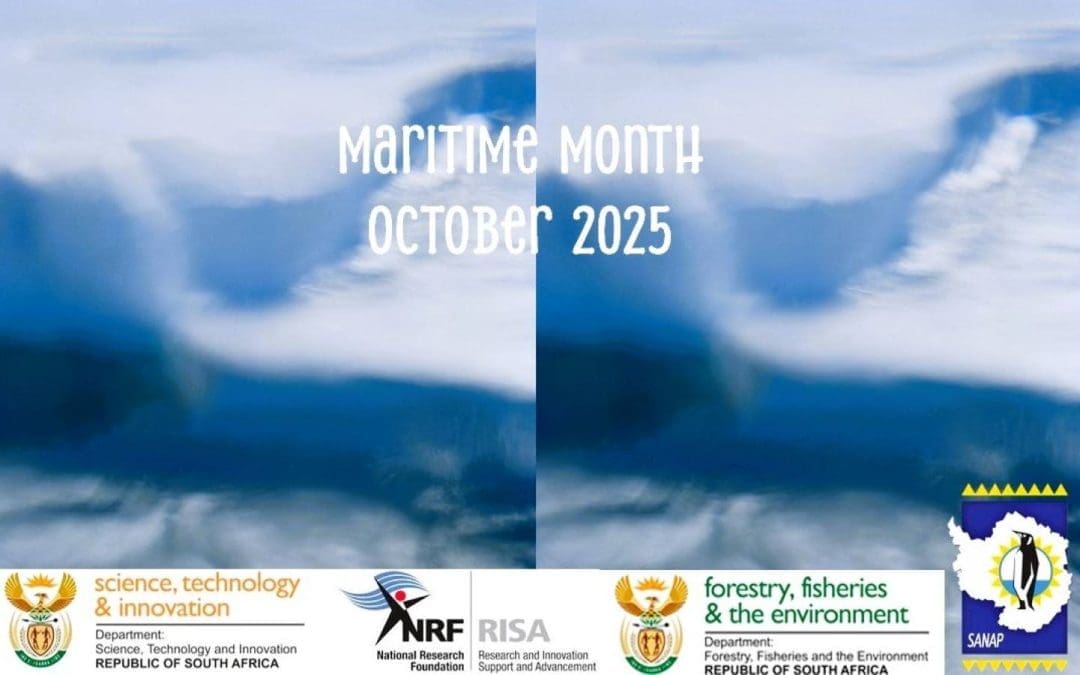

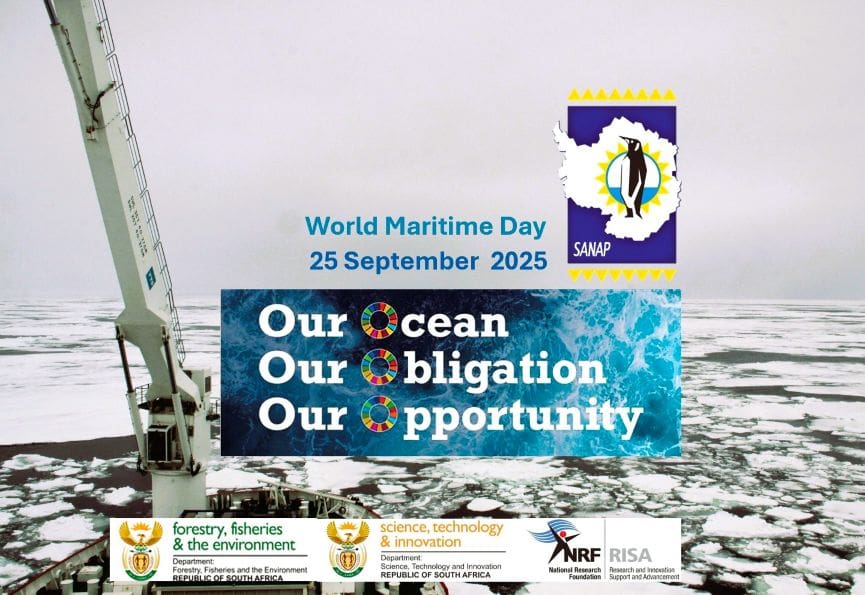
 For the South African National Antarctic Programme (SANAP), this year’s theme resonates deeply. As custodians of
For the South African National Antarctic Programme (SANAP), this year’s theme resonates deeply. As custodians of  Through SANAP’s work, South Africa plays an active role in the international maritime and research community—advancing knowledge about ocean systems, contributing to global climate models, and strengthening collective efforts to safeguard marine environments. The SA Agulhas II is more than just a ship; it is a floating laboratory, a logistical lifeline, and a symbol of our commitment to “Our Ocean, Our Obligation, Our Opportunity.”
Through SANAP’s work, South Africa plays an active role in the international maritime and research community—advancing knowledge about ocean systems, contributing to global climate models, and strengthening collective efforts to safeguard marine environments. The SA Agulhas II is more than just a ship; it is a floating laboratory, a logistical lifeline, and a symbol of our commitment to “Our Ocean, Our Obligation, Our Opportunity.”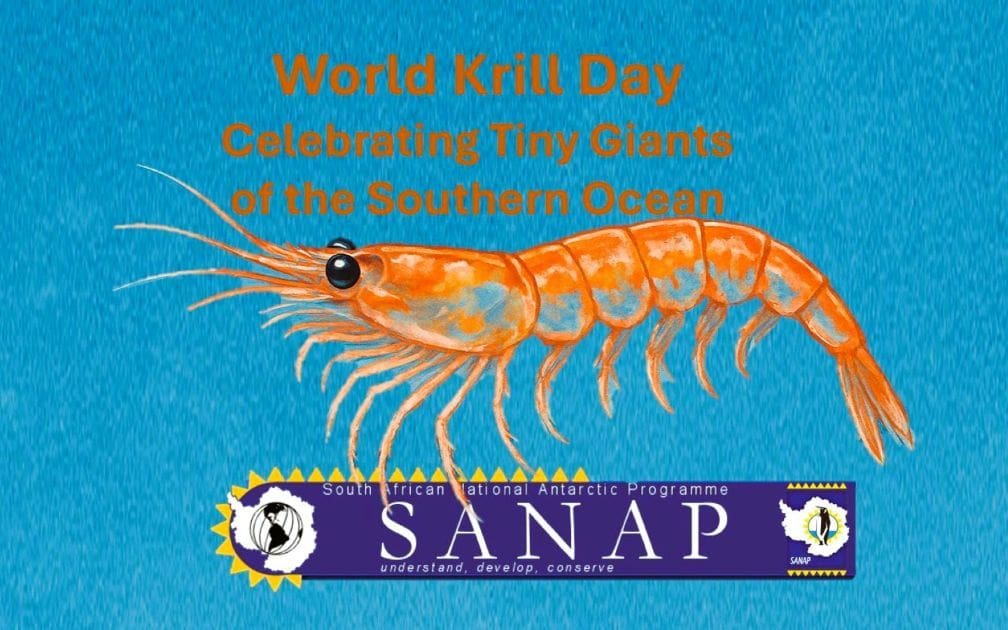
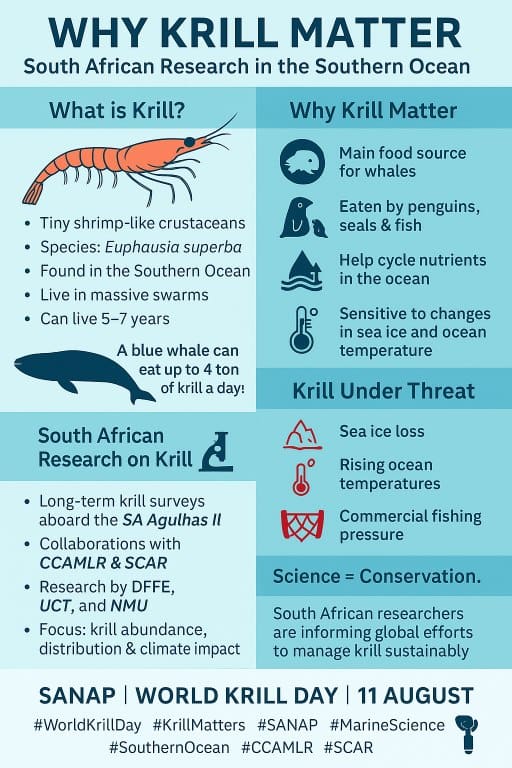 Every year on 11 August,
Every year on 11 August, 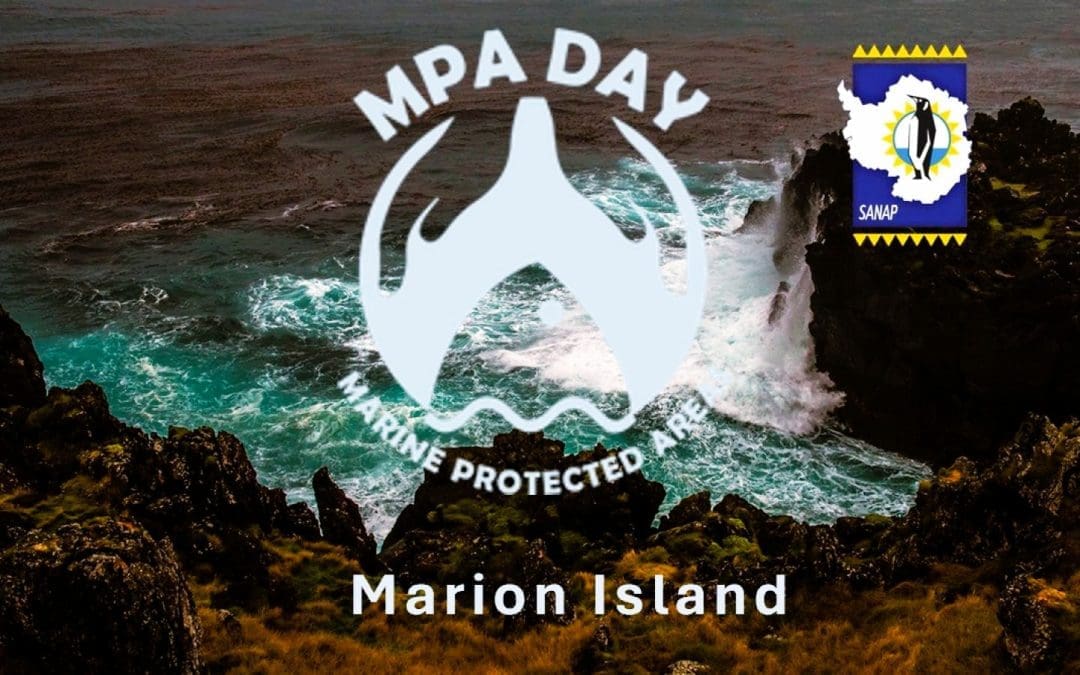
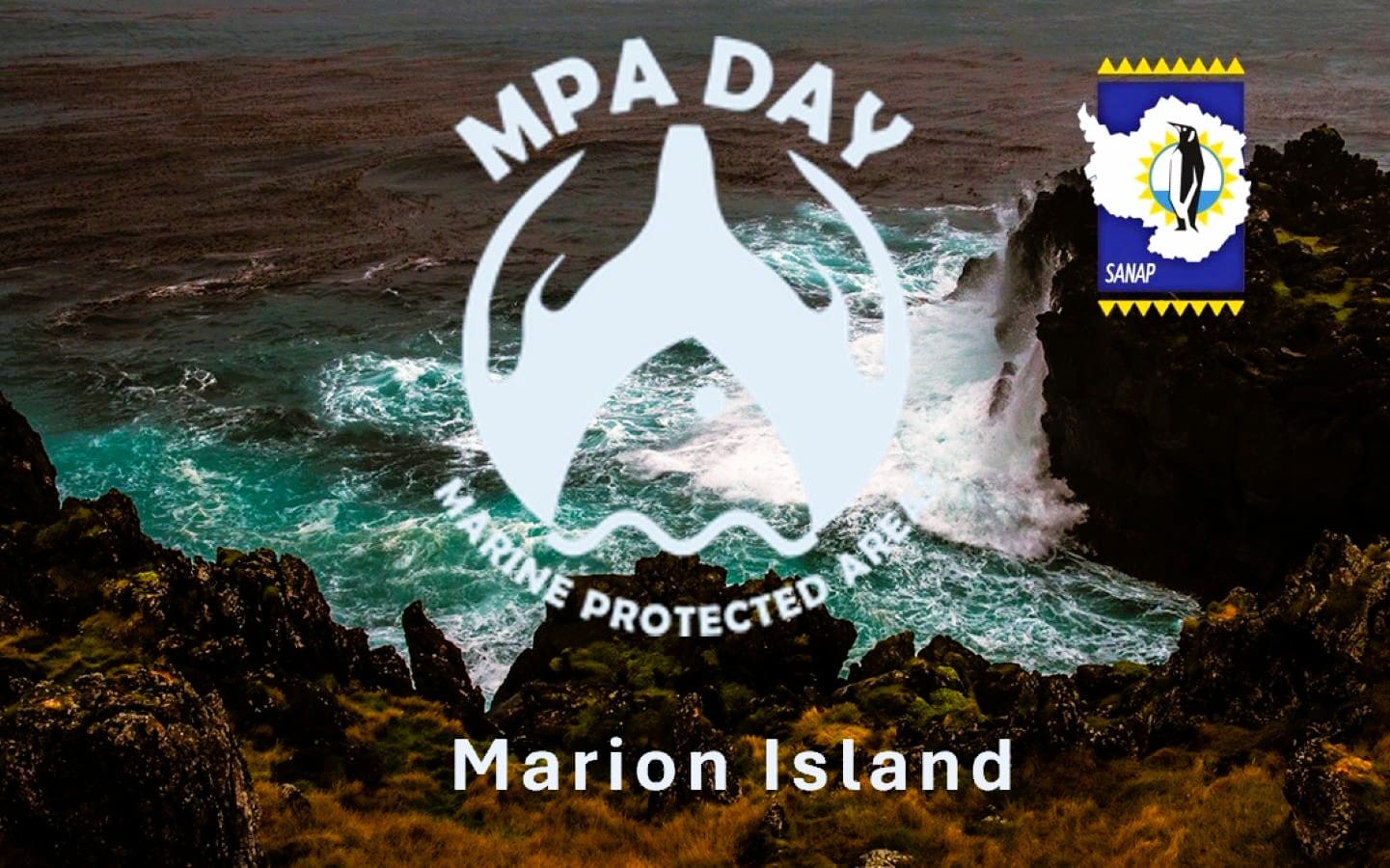 MPA Day, shines a spotlight on the importance of Marine Protected Areas in ocean conservation, sustainable development, and the well-being of communities across the globe. The date—1 August—honours the momentous 2019 declaration of 20 new or expanded MPAs in South Africa. Since then, MPA Day has grown into a United Nations Ocean Decade-endorsed international movement.
MPA Day, shines a spotlight on the importance of Marine Protected Areas in ocean conservation, sustainable development, and the well-being of communities across the globe. The date—1 August—honours the momentous 2019 declaration of 20 new or expanded MPAs in South Africa. Since then, MPA Day has grown into a United Nations Ocean Decade-endorsed international movement.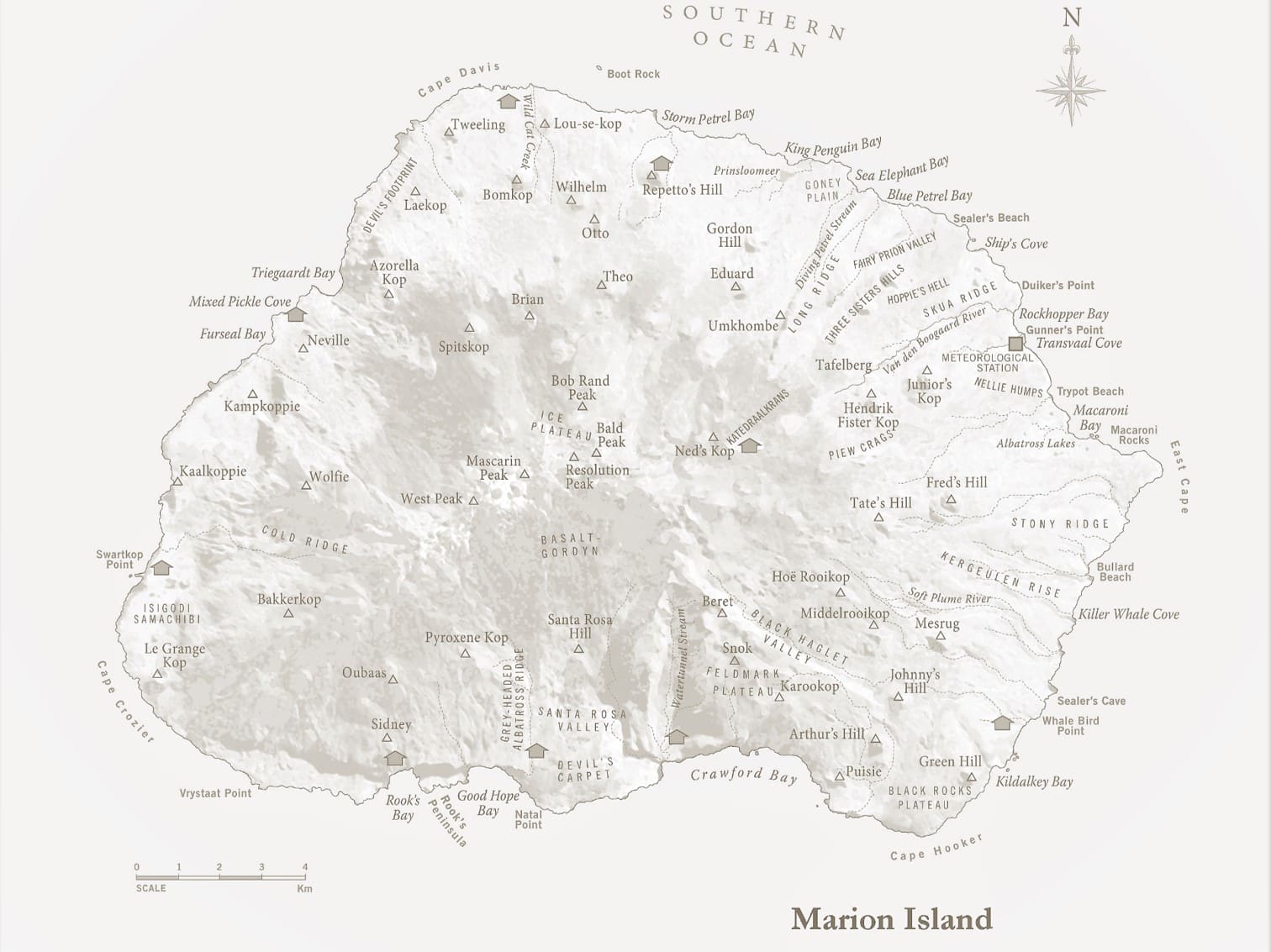
 The Prince Edward Islands MPA: South Africa’s Sub-Antarctic Treasure: In the remote reaches of the Southern Ocean lies one of South Africa’s most unique and ecologically valuable MPAs—the Prince Edward Islands Marine Protected Area, comprising the volcanic Marion Island and the smaller Prince Edward Island. Together, they represent South Africa’s only sub-Antarctic territory, rich in biodiversity and scientific significance. Declared in 2013, this MPA protects 30% of South Africa’s Southern Ocean territory, encompassing 80% of its marine ecosystem diversity. These waters are a haven for marine life—from krill and Patagonian toothfish to charismatic top predators like seals, seabirds, and killer whales.
The Prince Edward Islands MPA: South Africa’s Sub-Antarctic Treasure: In the remote reaches of the Southern Ocean lies one of South Africa’s most unique and ecologically valuable MPAs—the Prince Edward Islands Marine Protected Area, comprising the volcanic Marion Island and the smaller Prince Edward Island. Together, they represent South Africa’s only sub-Antarctic territory, rich in biodiversity and scientific significance. Declared in 2013, this MPA protects 30% of South Africa’s Southern Ocean territory, encompassing 80% of its marine ecosystem diversity. These waters are a haven for marine life—from krill and Patagonian toothfish to charismatic top predators like seals, seabirds, and killer whales.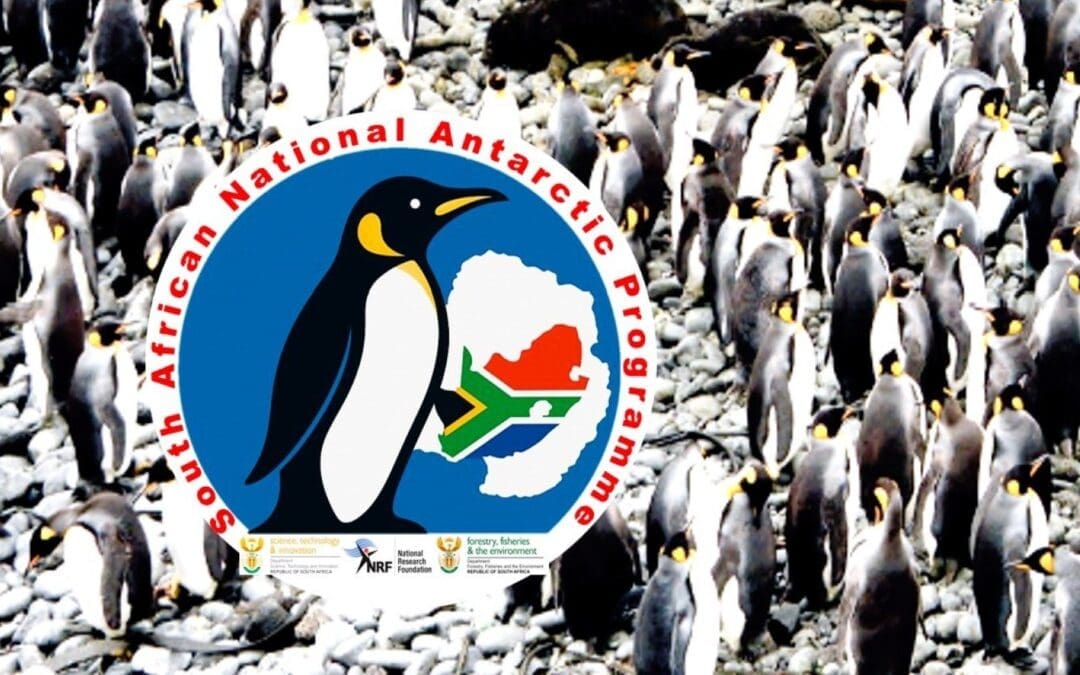
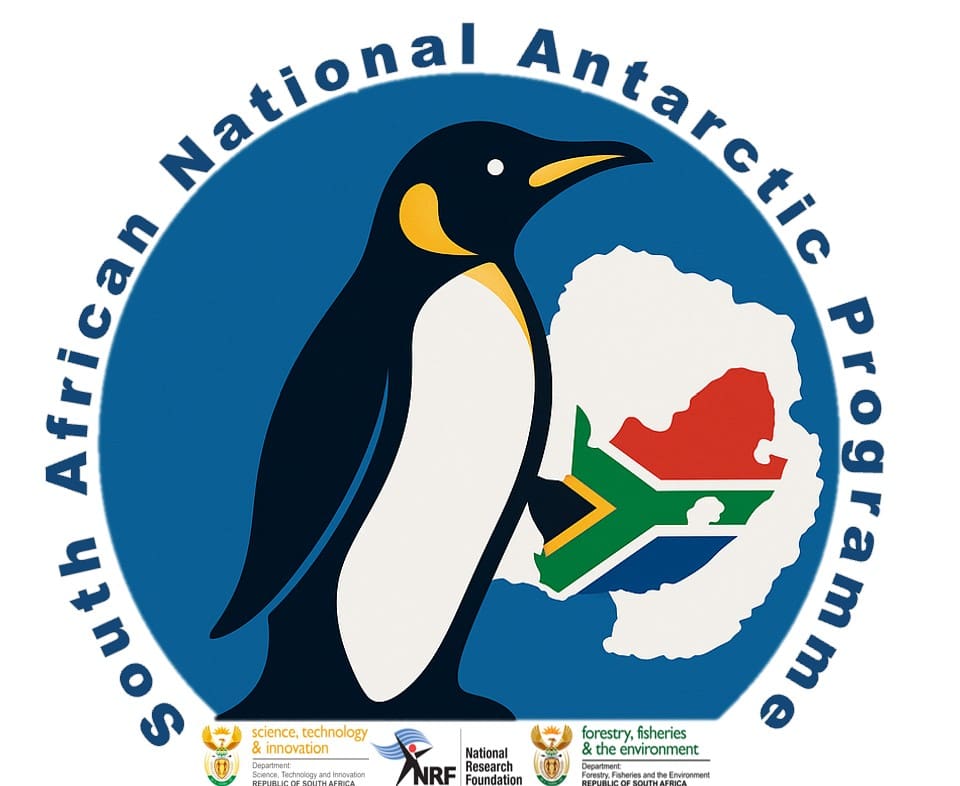 Every year on April 25th, we celebrate International Penguin Day—a global reminder of the unique role penguins plays in our planet’s ecosystems. These birds are not just symbols of the icy South—they are indicators of ocean health and climate change. From the sub-Antarctic islands to the Antarctic continent itself, penguins serve as sentinels of the sea, helping scientists track environmental shifts that affect us all.
Every year on April 25th, we celebrate International Penguin Day—a global reminder of the unique role penguins plays in our planet’s ecosystems. These birds are not just symbols of the icy South—they are indicators of ocean health and climate change. From the sub-Antarctic islands to the Antarctic continent itself, penguins serve as sentinels of the sea, helping scientists track environmental shifts that affect us all. South Africa plays a vital role in this mission through its National Antarctic Programme (SANAP), which supports long-term ecological research at key sites such as Gough Island, Marion Island, and Antarctica. These research stations are crucial hubs for studying penguin populations like the Northern Rockhopper on Gough Island and the Macaroni penguins on Marion Island. Scientists monitor breeding patterns, foraging behaviour, and survival rates—data that provide early warnings about oceanic changes. In Antarctica, SANAP researchers study Adélie and Emperor penguins, whose survival is intimately tied to the health of sea ice and krill populations.
South Africa plays a vital role in this mission through its National Antarctic Programme (SANAP), which supports long-term ecological research at key sites such as Gough Island, Marion Island, and Antarctica. These research stations are crucial hubs for studying penguin populations like the Northern Rockhopper on Gough Island and the Macaroni penguins on Marion Island. Scientists monitor breeding patterns, foraging behaviour, and survival rates—data that provide early warnings about oceanic changes. In Antarctica, SANAP researchers study Adélie and Emperor penguins, whose survival is intimately tied to the health of sea ice and krill populations.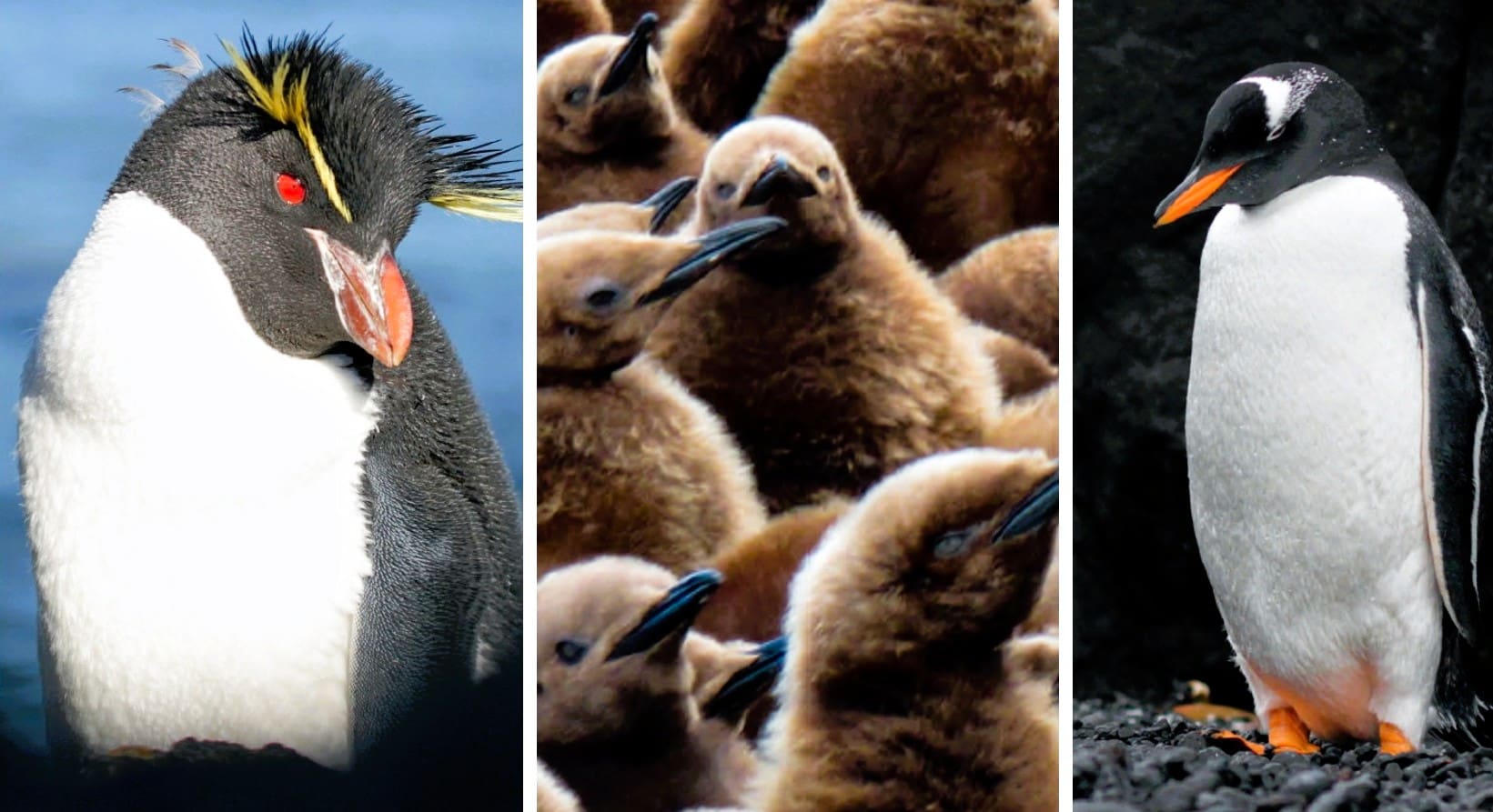 By investing in these research efforts, South Africa not only contributes to global conservation science but also highlights the importance of protecting our shared polar heritage. This International Penguin Day let’s celebrate the science that keeps these beloved birds waddling into the future.
By investing in these research efforts, South Africa not only contributes to global conservation science but also highlights the importance of protecting our shared polar heritage. This International Penguin Day let’s celebrate the science that keeps these beloved birds waddling into the future.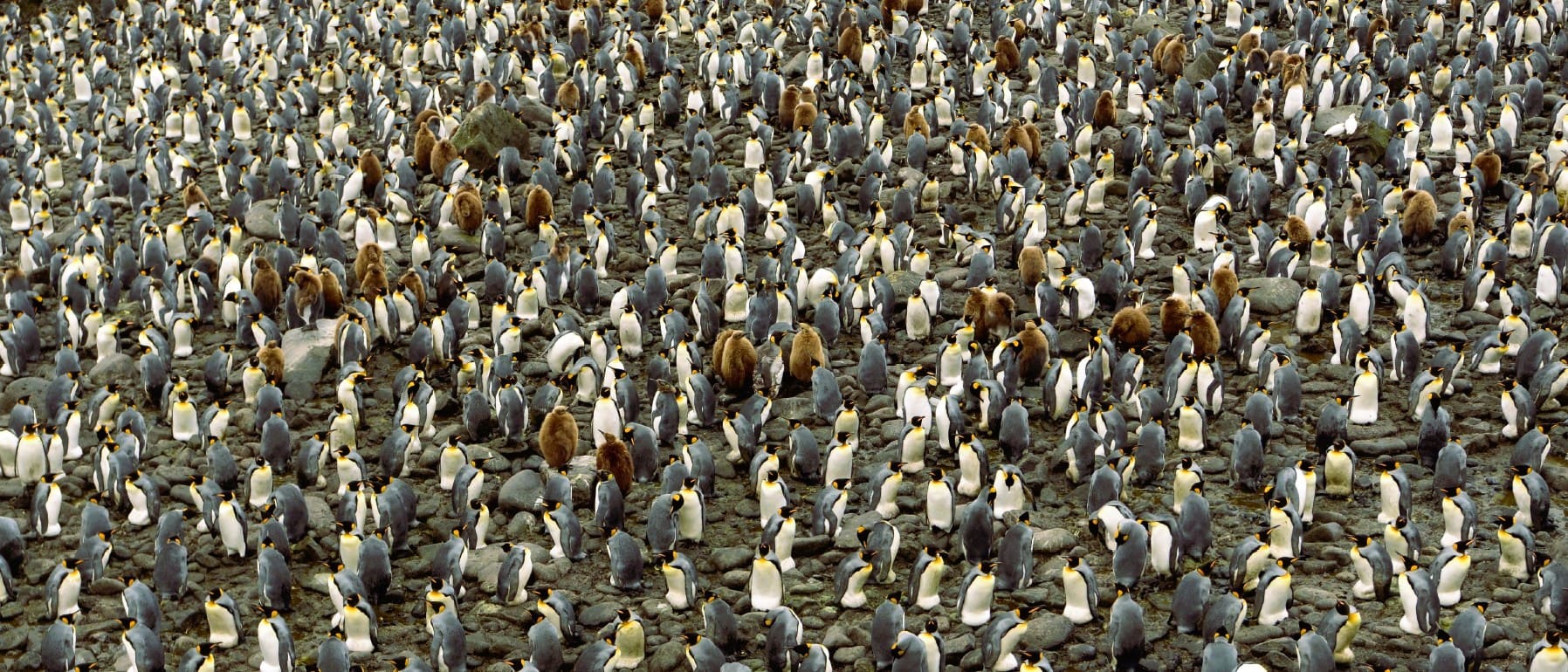
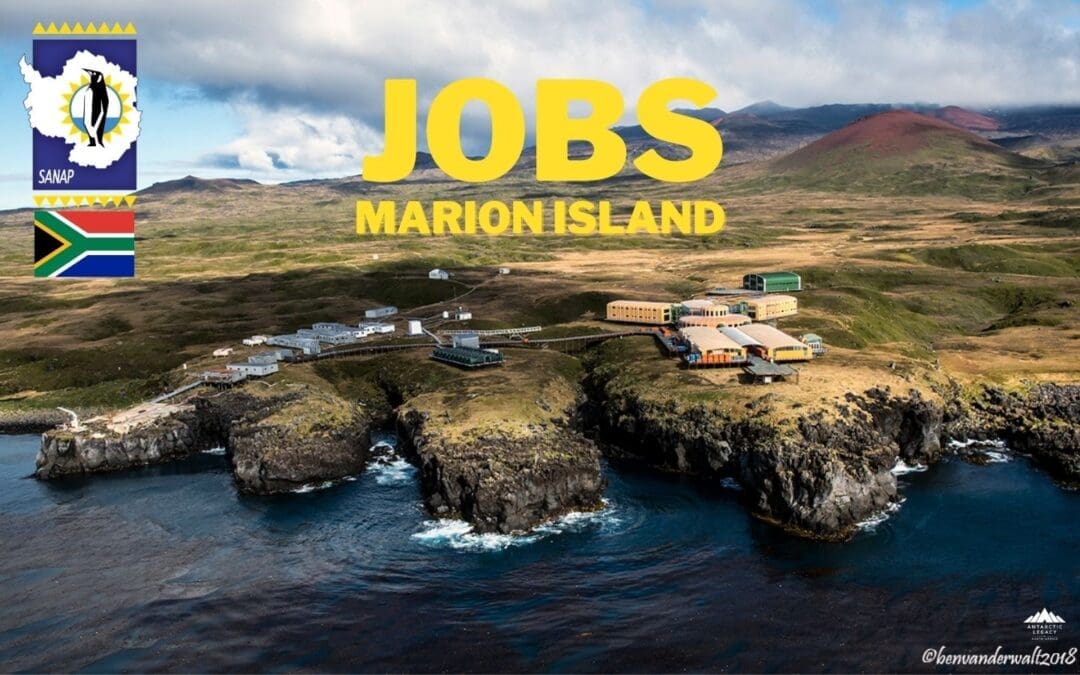
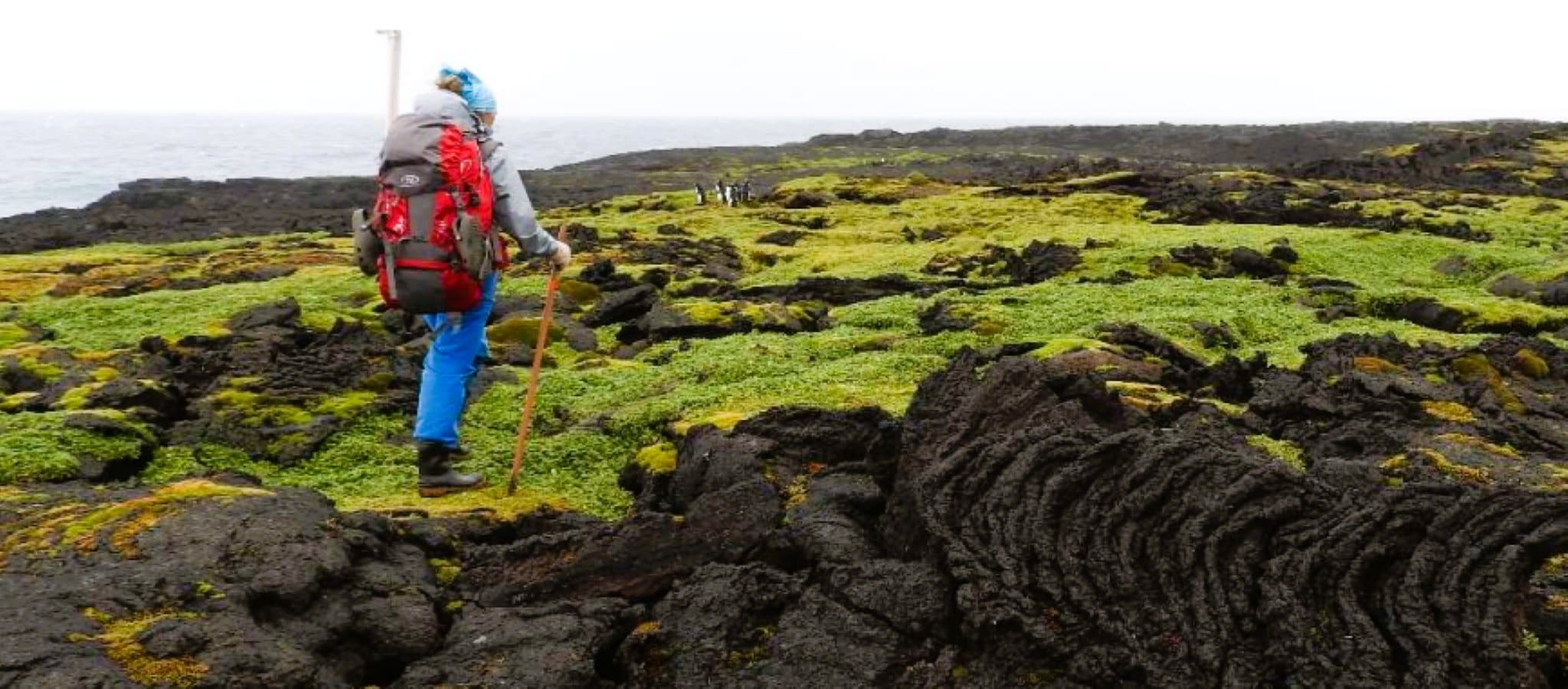 The Department of Plant and Soil Sciences at the University of Pretoria is offering one suitably qualified candidate an opportunity to spend a year on Marion Island to measure various aspects of the impact of the house mouse on the diversity and function of the terrestrial ecosystems of Marion Island. This work will entail collecting baseline data, mostly on invertebrates and plants. (Photo Credit: Michelle Greve)
The Department of Plant and Soil Sciences at the University of Pretoria is offering one suitably qualified candidate an opportunity to spend a year on Marion Island to measure various aspects of the impact of the house mouse on the diversity and function of the terrestrial ecosystems of Marion Island. This work will entail collecting baseline data, mostly on invertebrates and plants. (Photo Credit: Michelle Greve)



